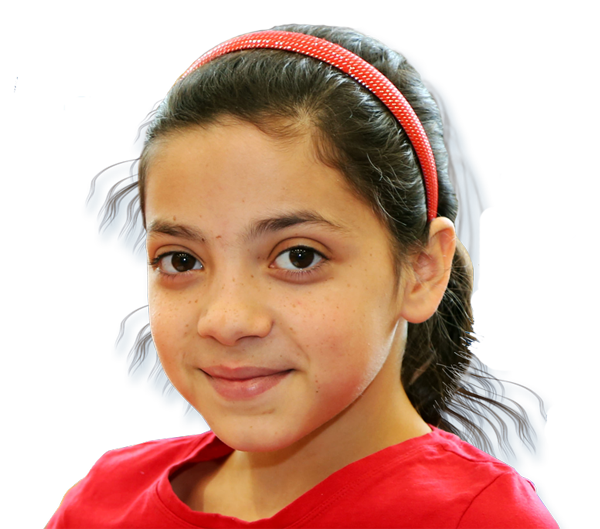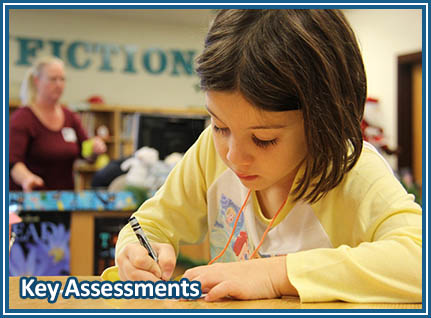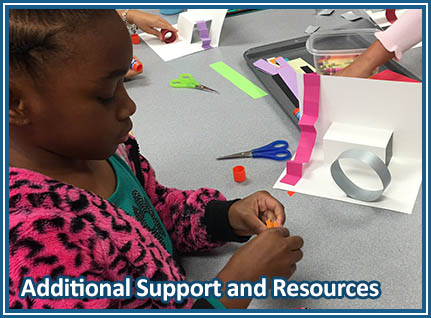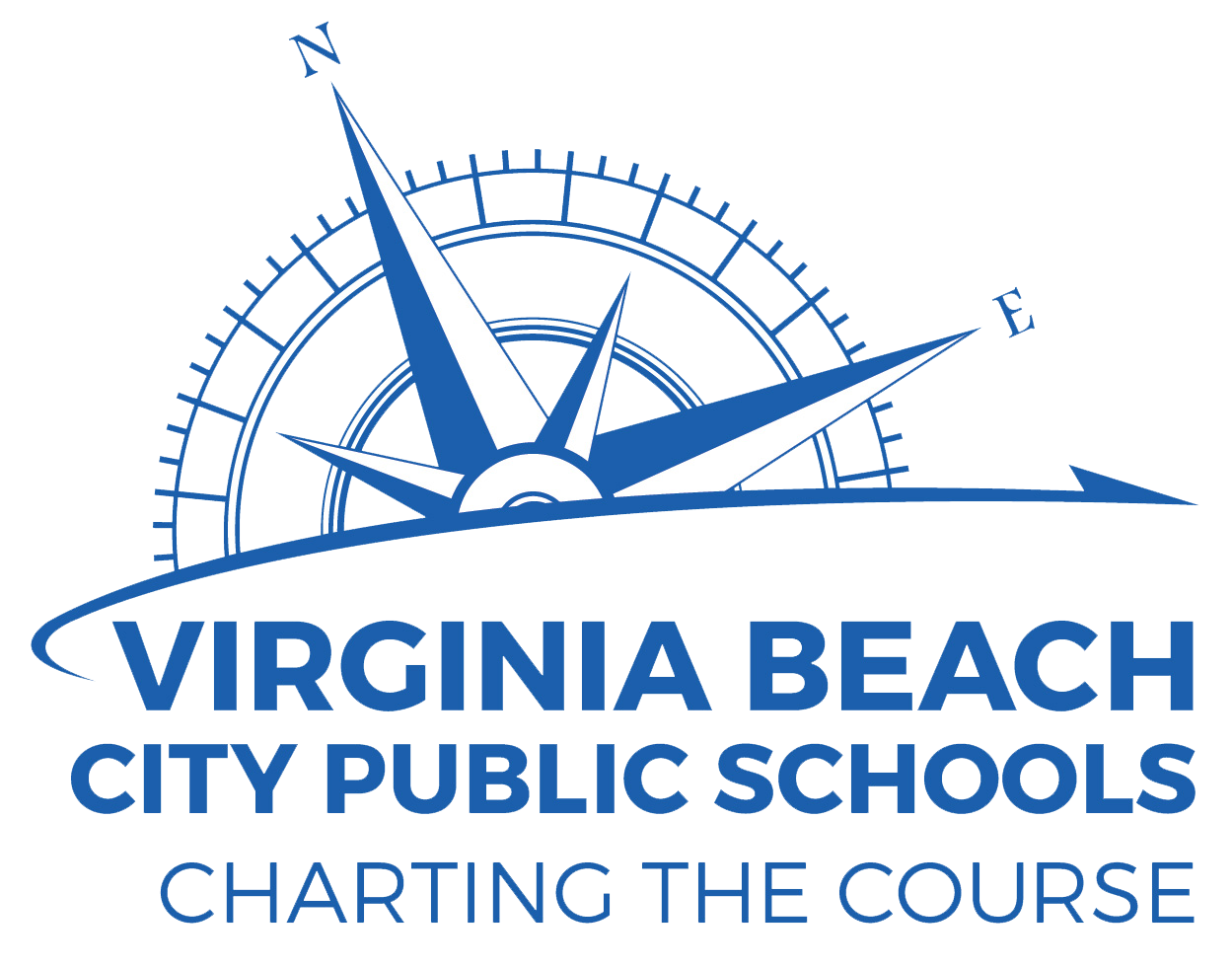
Students continue to develop their reading and writing skills and engage in critical thinking across the content areas. They also build on the mathematics skills that they learned in fourth grade. In addition, fifth-grade students take the state-mandated Standards of Learning (SOL) assessments in reading, mathematics, social studies and science.







Social Studies
Your child will learn the rich history of the Commonwealth of Virginia. He will study the physical geography of Virginia and the history of our state from the early settlements to the modern era.